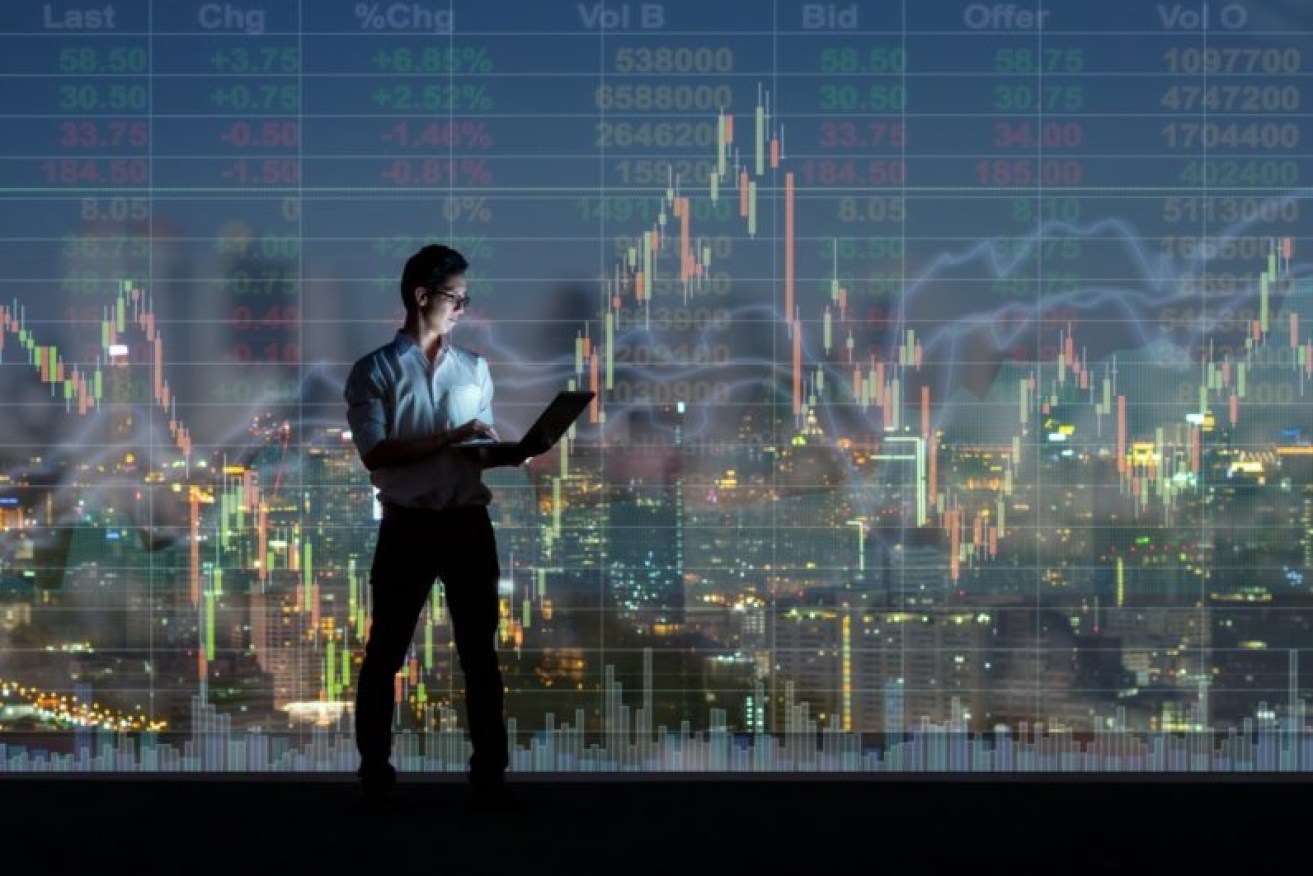Australian superannuation share exposure jumps dramatically in a year


Super funds are getting nervous about foreign shares. Photo: Getty
Australian superannuation funds dramatically boosted their exposure to company shares over 2017 giving the nation’s super system the highest exposure to equity markets among comparable OECD economies.
The OECD’s recent Pension Funds in Figures publication showed Australia’s retirement system had 58 per cent of its asset base in shares in December 2017 compared to 51.4 per cent a year earlier.
That was the highest in the OECD except for Poland, which is not comparable as it has a tiny and underdeveloped system.
Exposure to shares makes the Australian system very volatile. In 2017, a great year for equities, it topped the OECD return charts, earning 7.3 per cent for members. But the previous year it came in 25th of 33 with returns of only 1.4 per cent by OECD reckoning.
That corresponded with a share market rout on the back of the Brexit vote, the Trump election and a commodity price slump.
A mirror image of Australia’s high exposure to shares is the fact that it has the lowest exposure to bonds in the OECD. Remember that the OECD figures leave out around 30 per cent of superannuation money held in self-managed super funds which often have even higher exposure to equities than the large pooled funds.
The question raised by Australia’s high exposure to equities in super is ‘does that make the system too risky’? David Knox, senior partner with superannuation group Mercer, says ‘no’: “We do have a high equities exposure.”
But that is explained by two facts about the nature of our retirement system. “Australia’s retirement system in comparison to other OECD countries is still immature,” Mr Knox said. “Population growth means that there are a lot of people working who are still in accumulation mode [for their super].”
“They are in their 40’s and 50’s and still have 20 or 30 years left before retirement.” For those people it makes sense to have a high exposure to growth assets so they can build a big retirement balance.
Nathan Bonarius, research chief with Rice Warner, said the Australian super system is “overwhelmingly defined contribution whereas lots of OECD countries have traditional defined benefit systems” which put the onus on the employer to guarantee pension payments.
As a result those schemes favour bonds with their guaranteed interest payments “to try to reduce the exposure of employers”, Mr Bonarius said. “Australia’s system leaves the retirement risk with the employee so the funds are willing to take on more risk,” he said.
The increased exposure to shares in 2017 was driven by the rise in the value of international shares as super funds committed more money to this allocation and offshore economies, particularly the US, grew. International shares accounted for 46 per cent of equity holdings in 2017 compared to only 34 per cent in 2013.
Australia’s retirement system delivers less than some of its OECD peers when the effects of the age pension and superannuation are factored in. Work by Mercer reported by Fairfax Media showed that Australians on the average income can expect to replace 40 per cent of their wages in retirement compared to an OECD average of 56 per cent and 100 per cent for the Netherlands.
Some super funds are winding back their equity exposures, with AustralianSuper’s investment chief Mark Delaney telling The New Daily “the fund has had about 62 per cent of member assets in listed equities, but we expect to reduce that to the mid-50s within a year. That is our plan at this stage but things can change”.
Economist with Deloitte Access Economics Nicki Hutley said the system should balance age needs with younger workers having higher exposure to growth assets which reduces as they near retirement.










